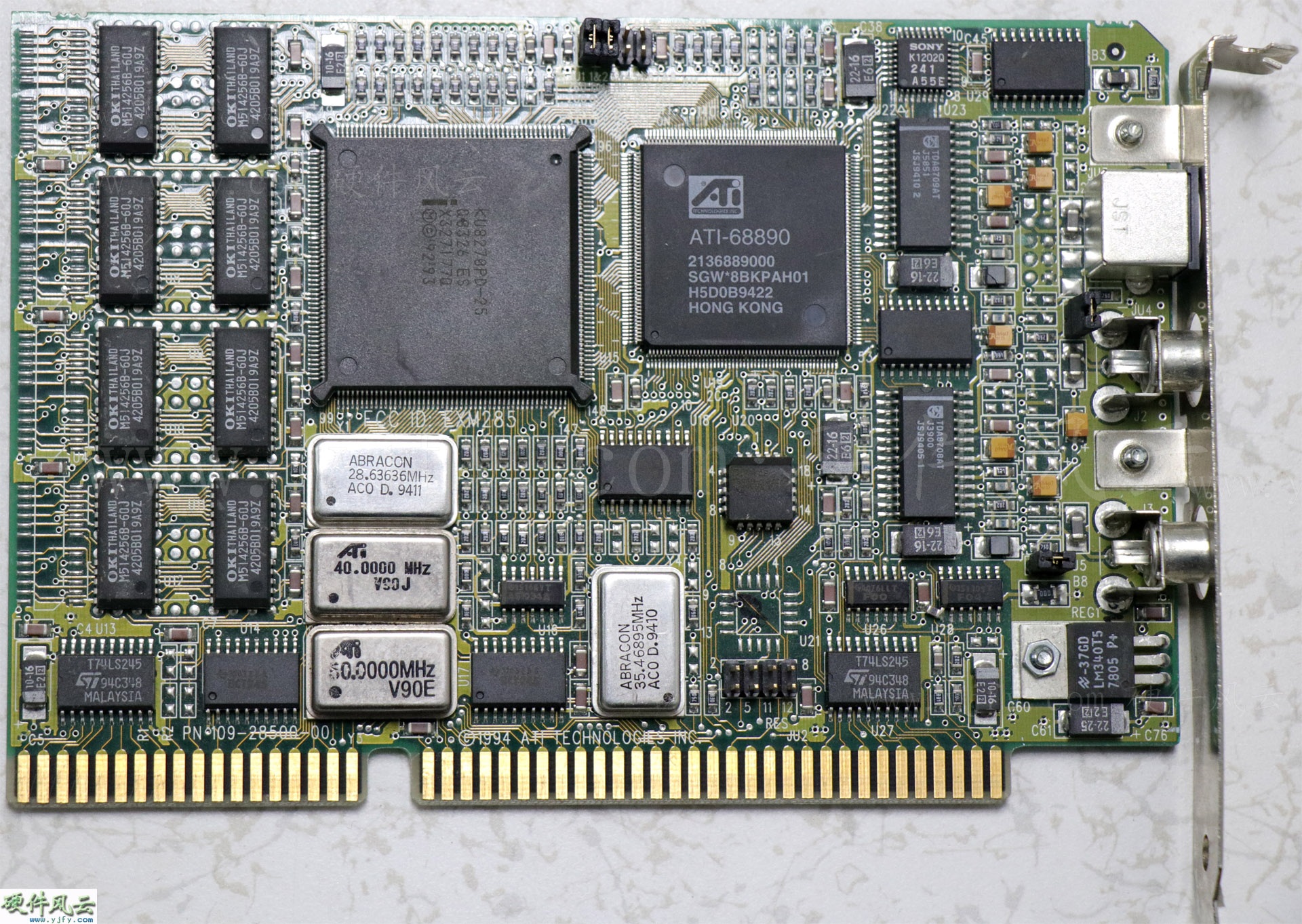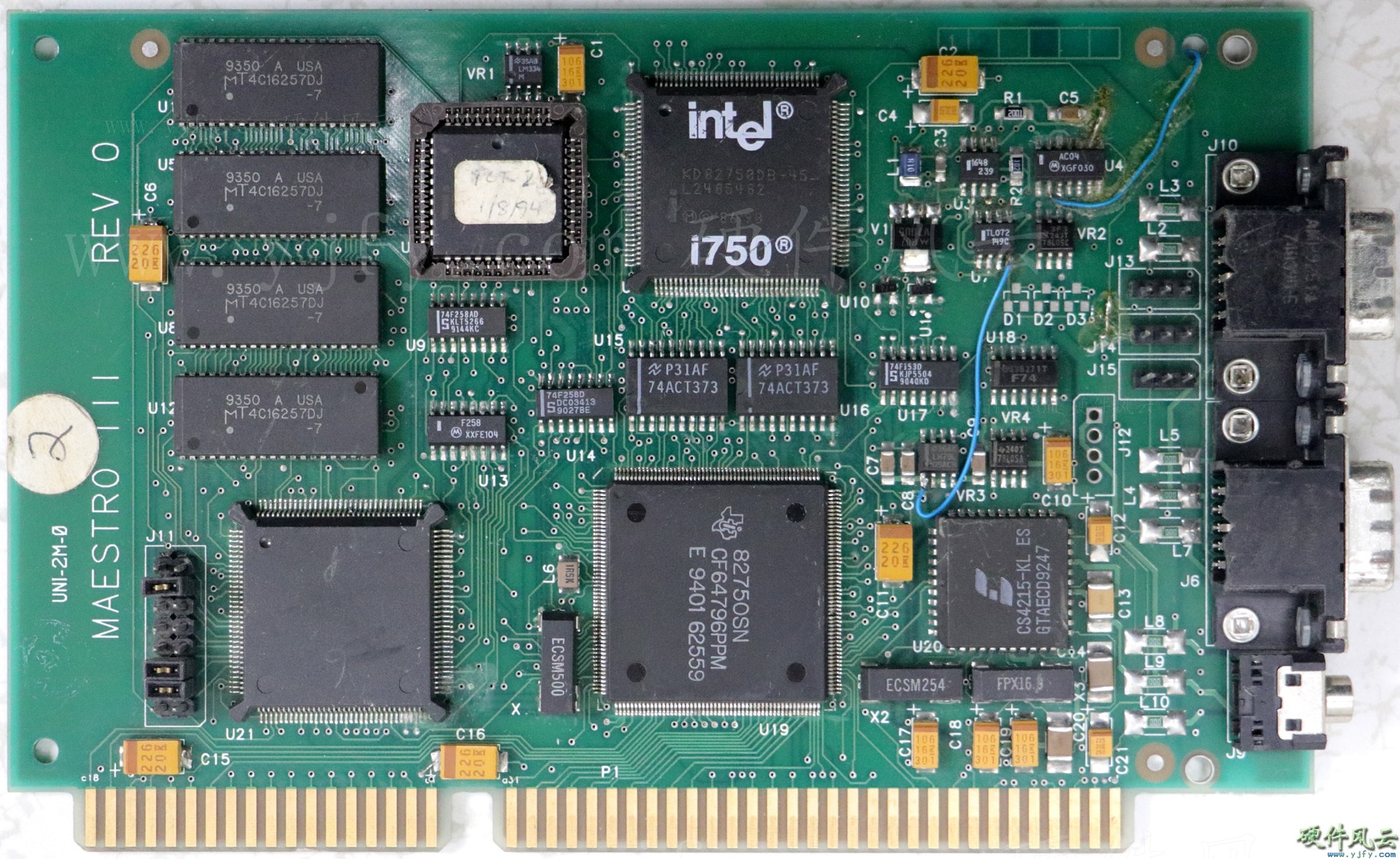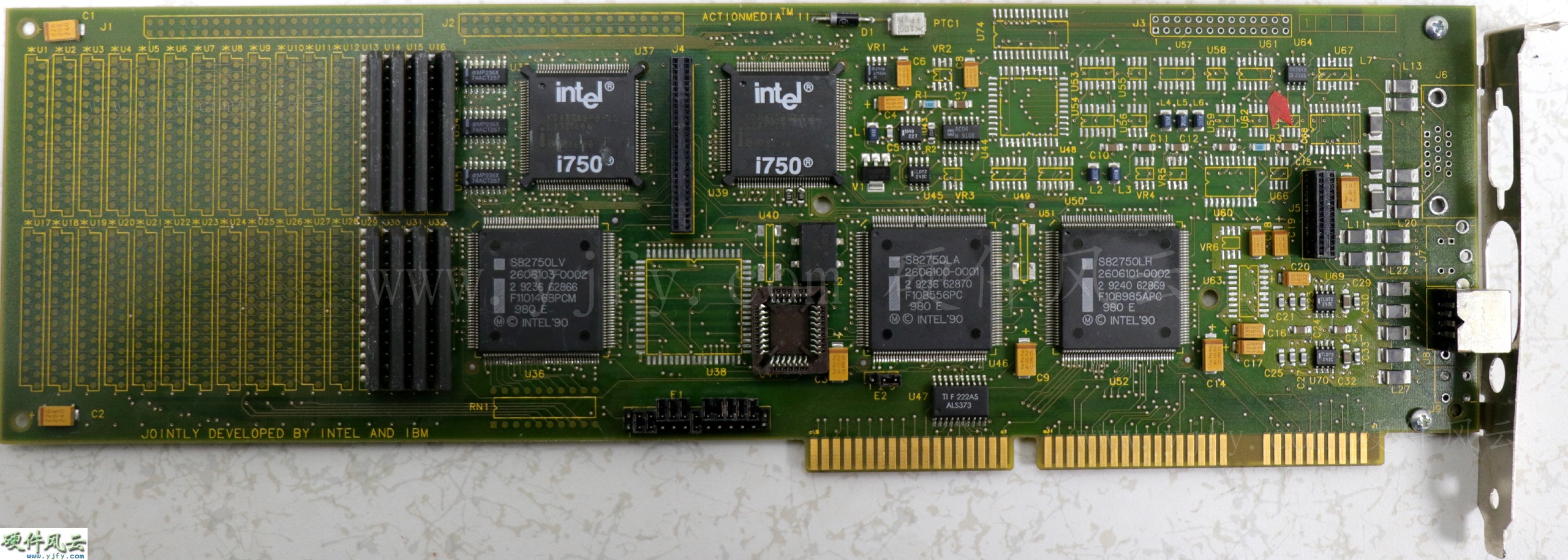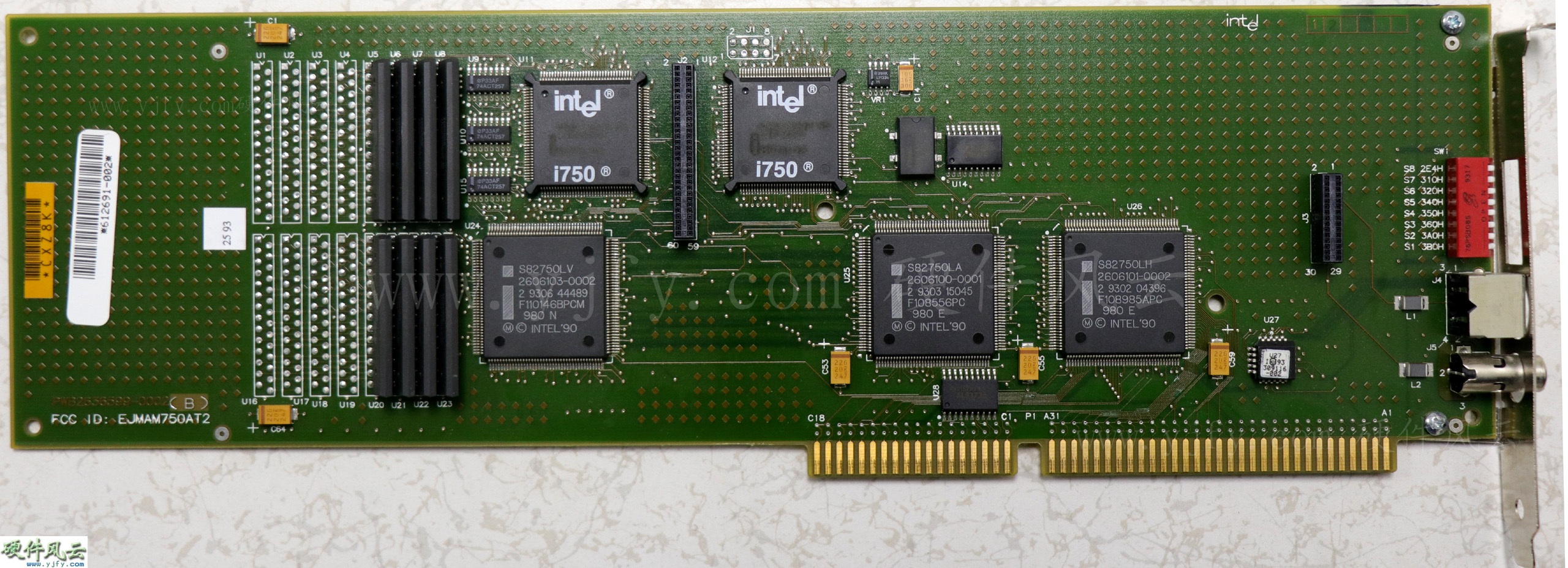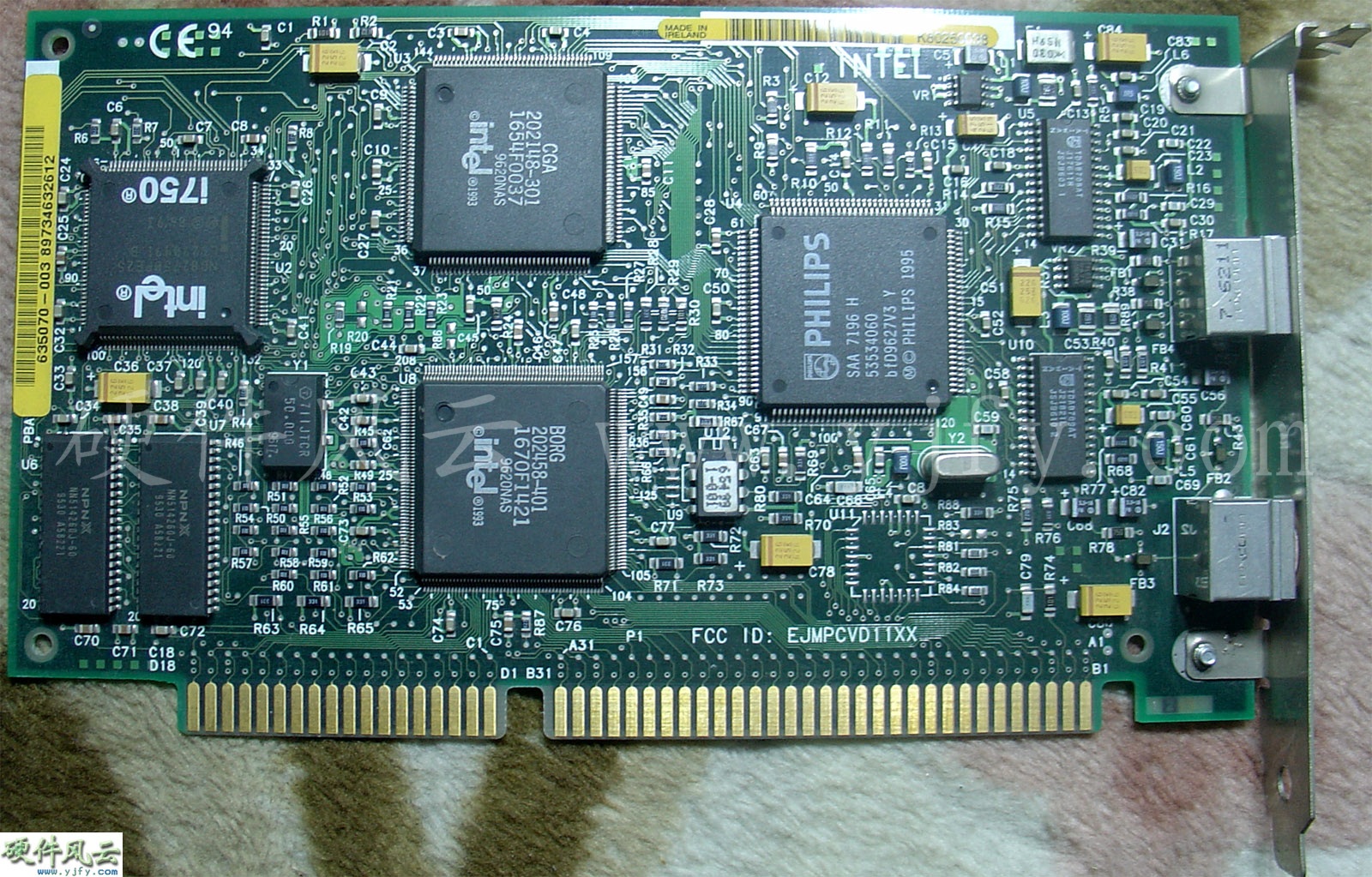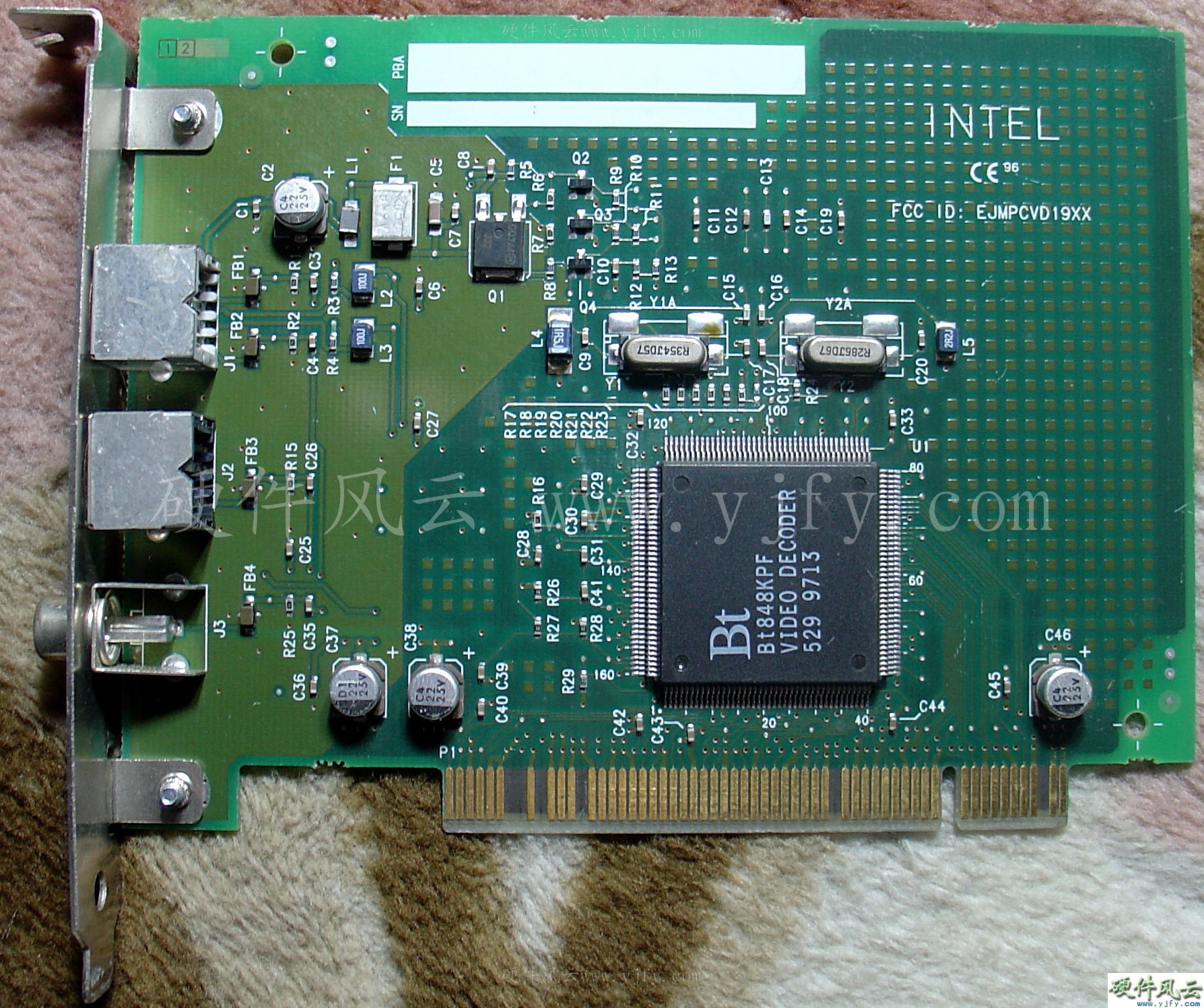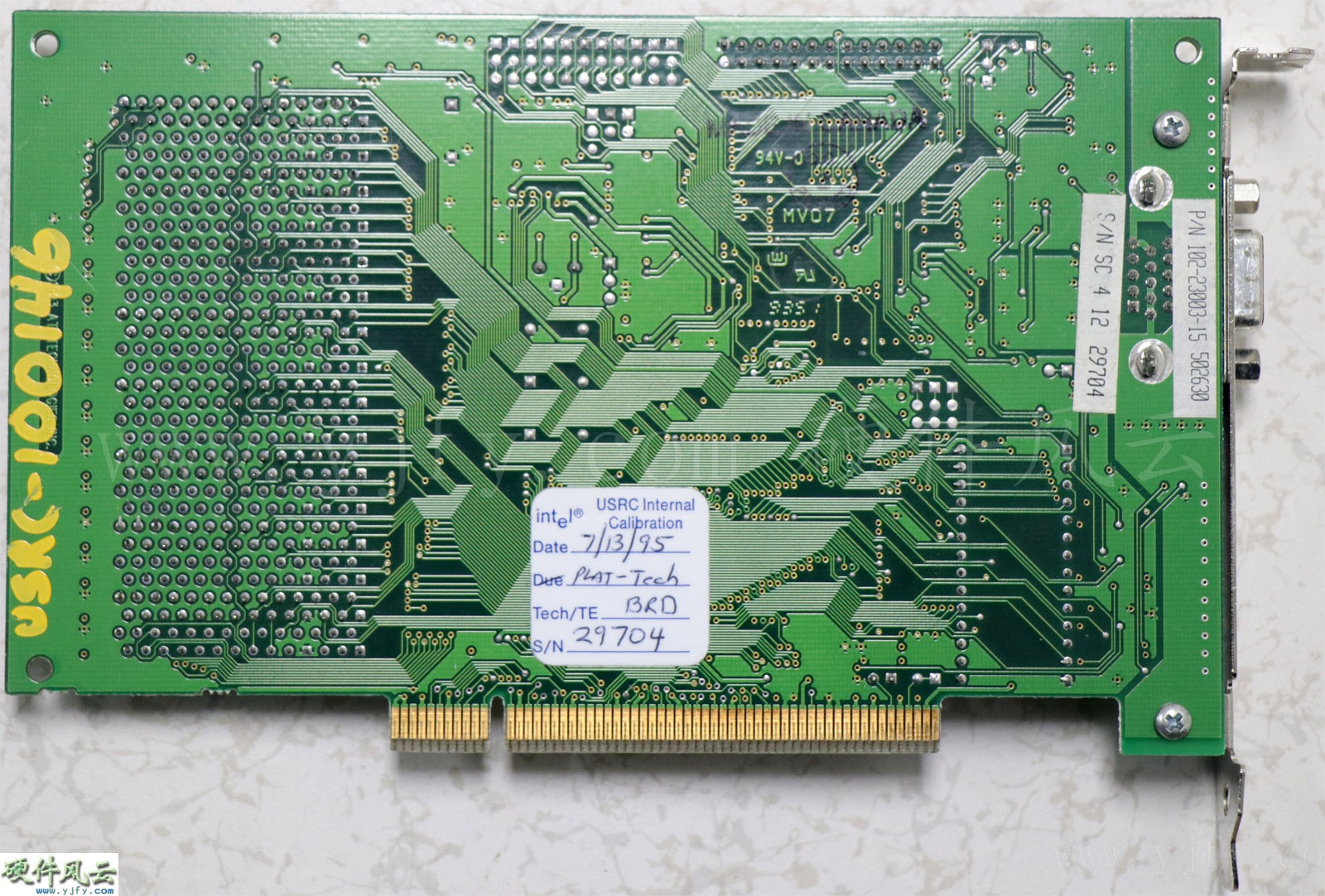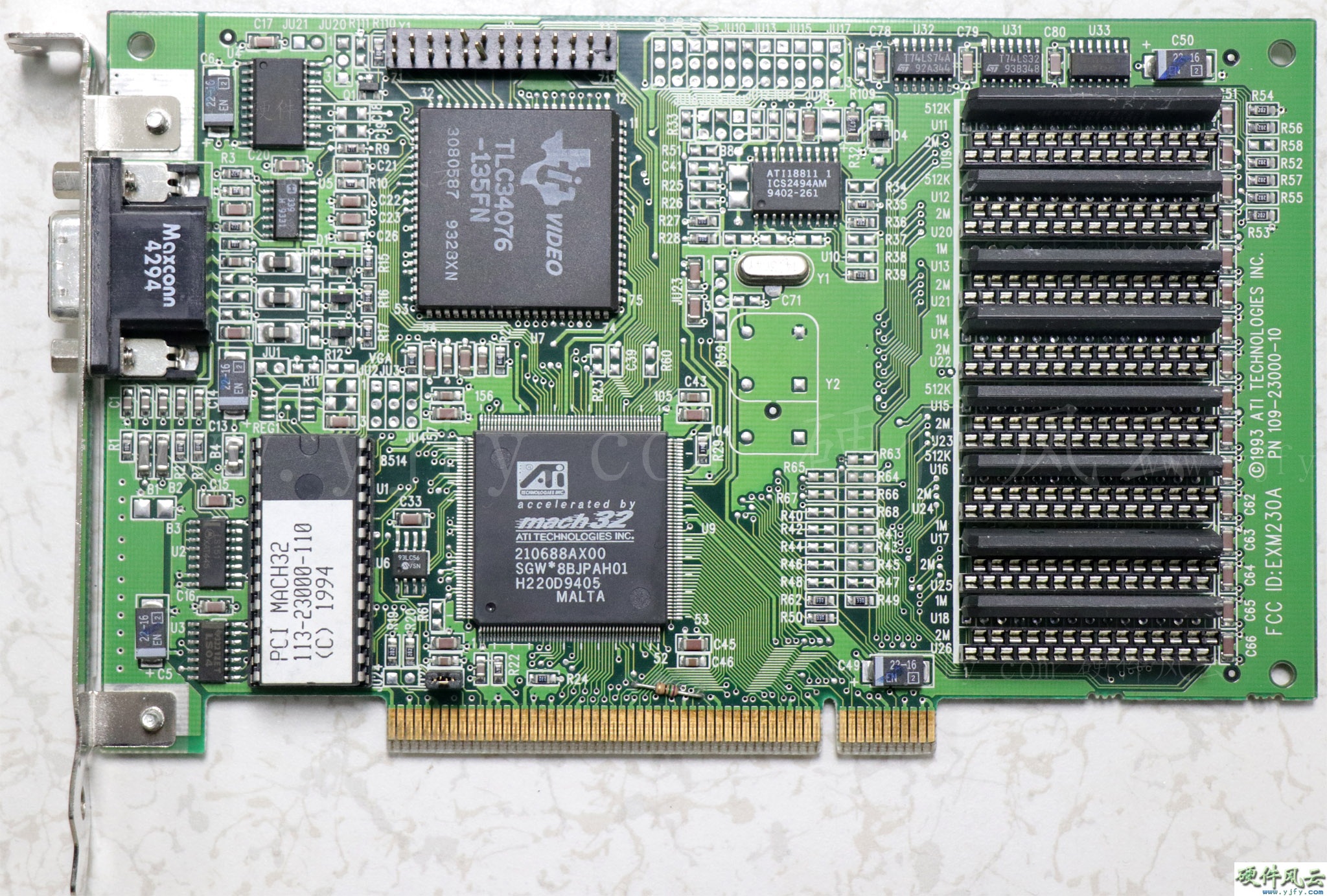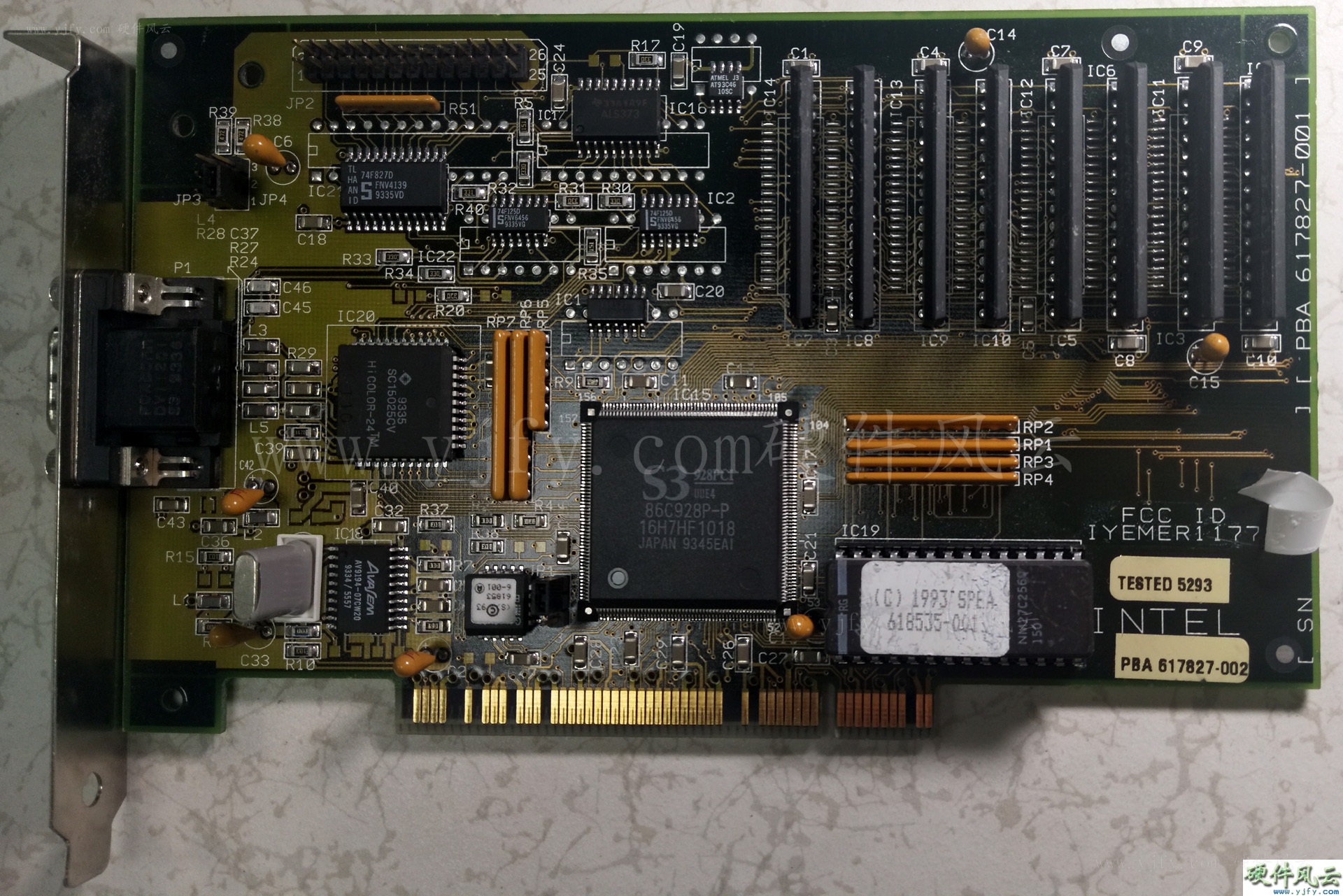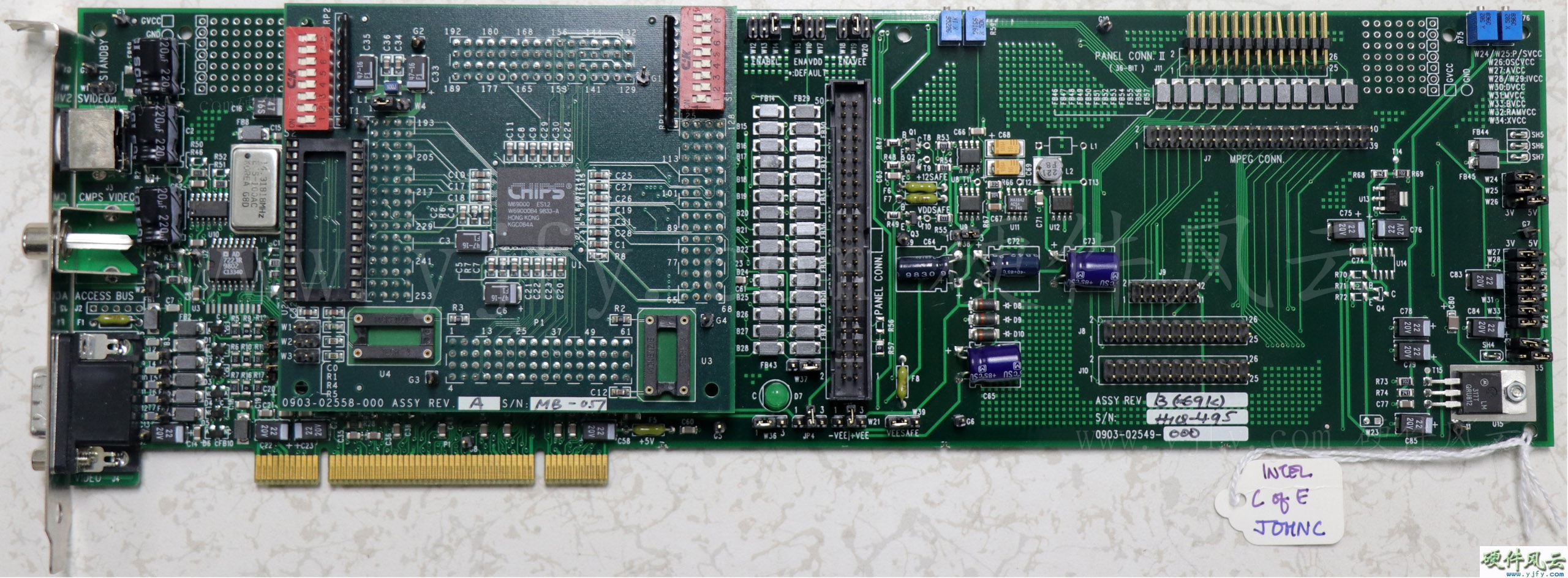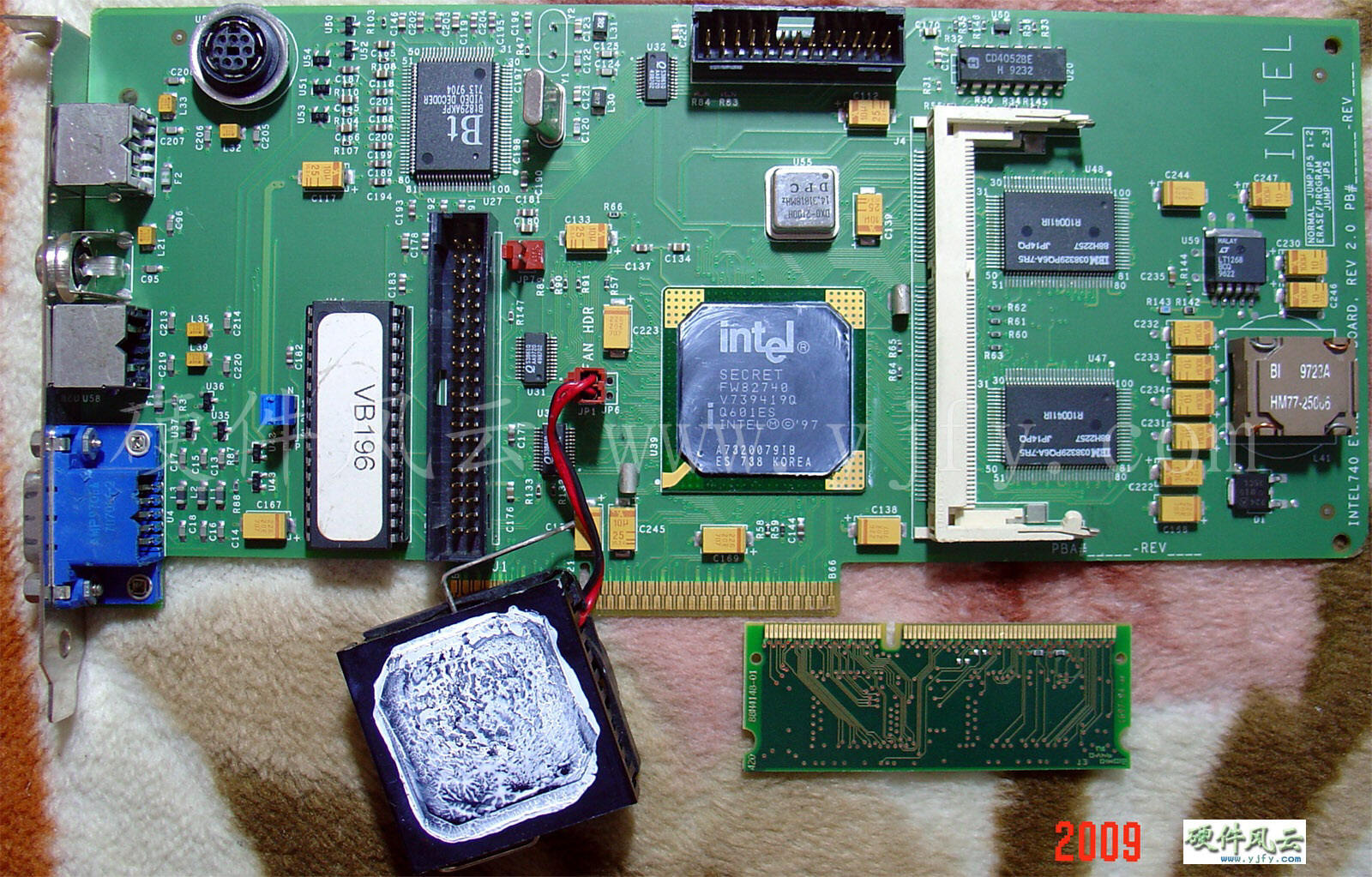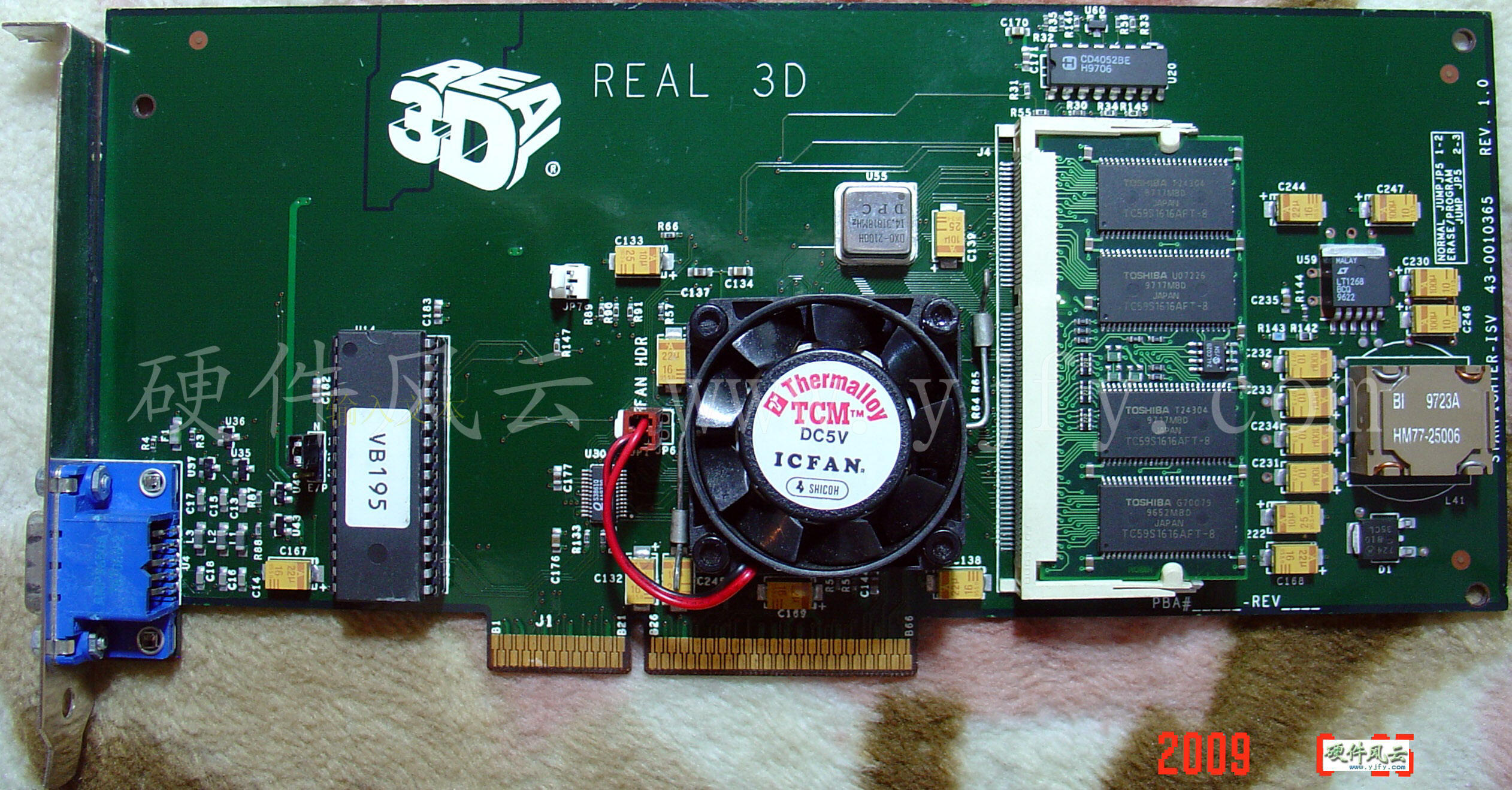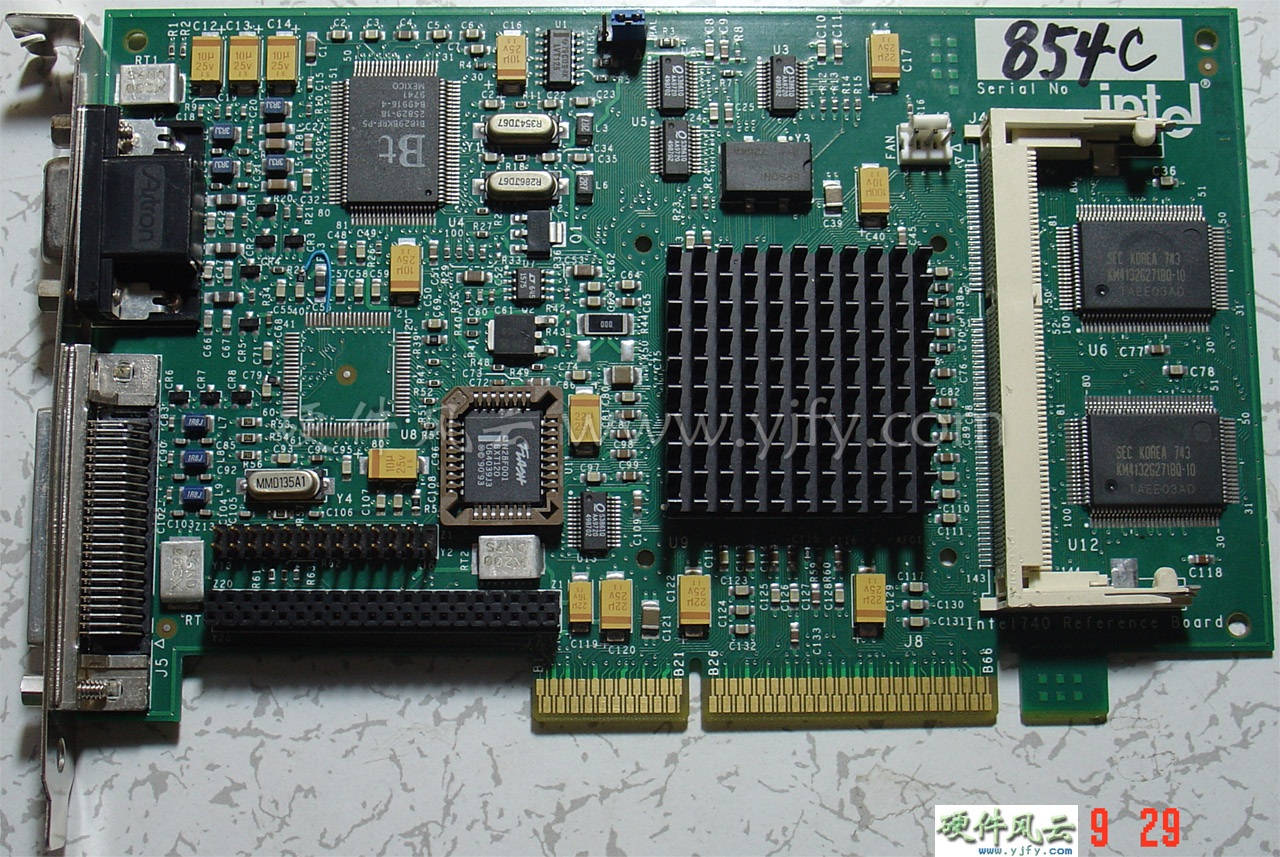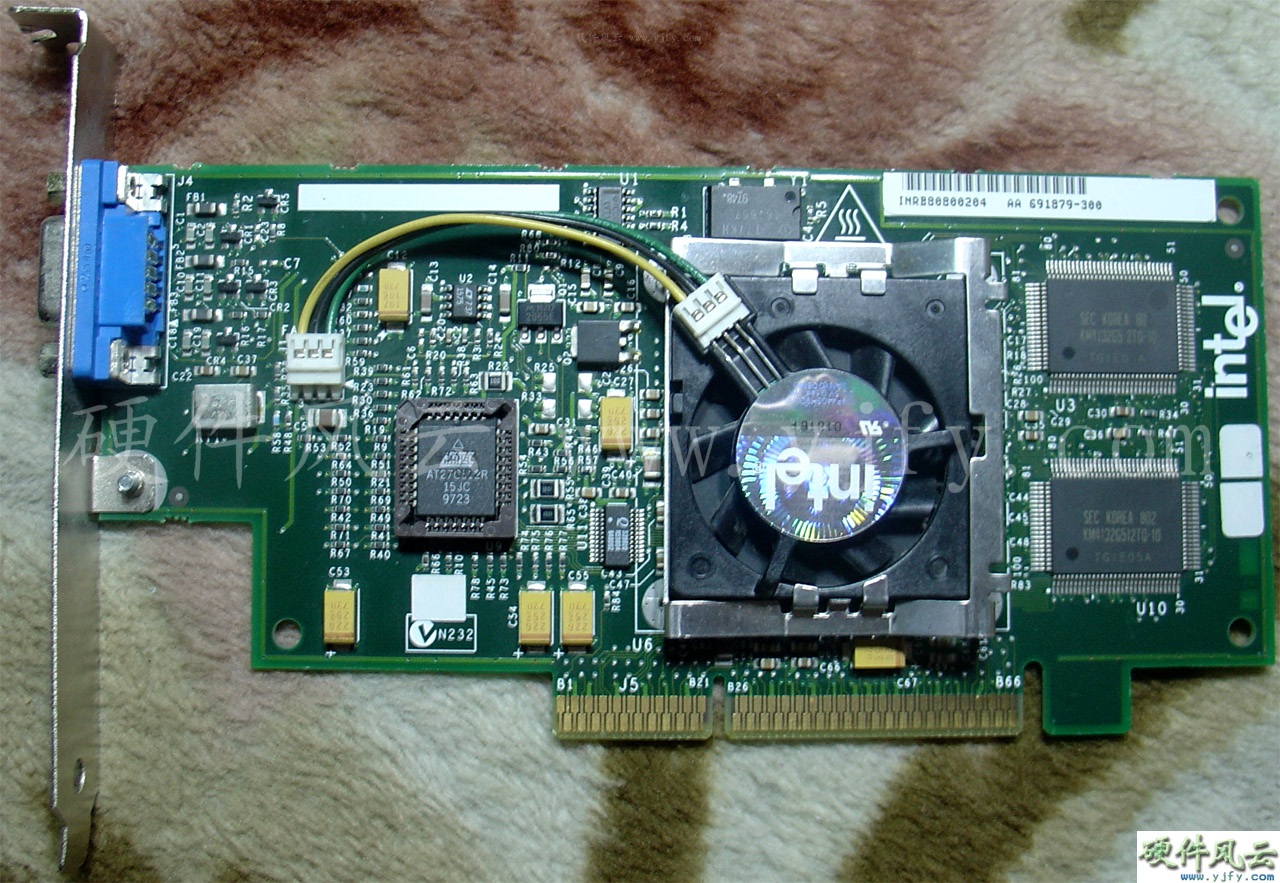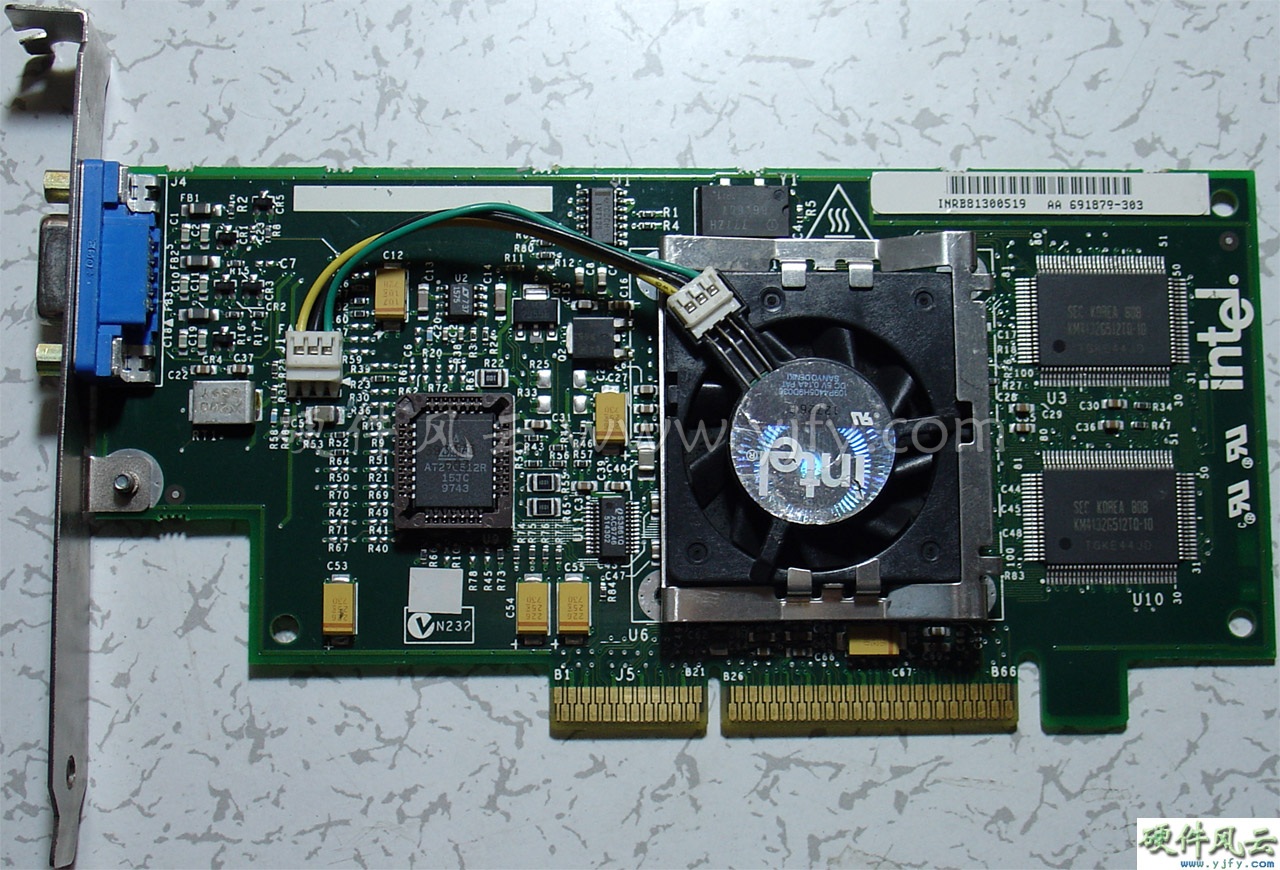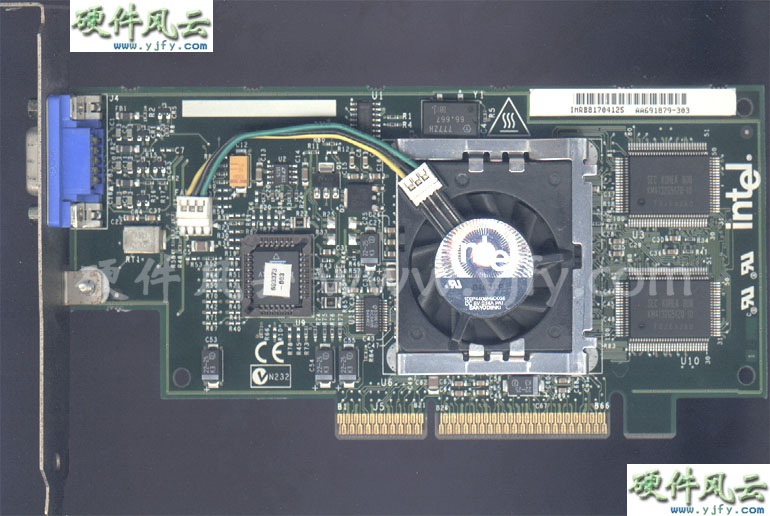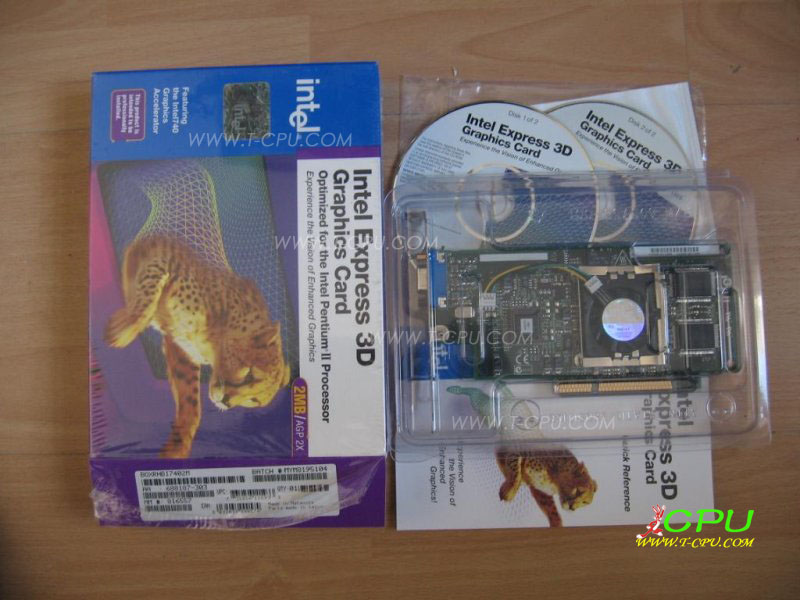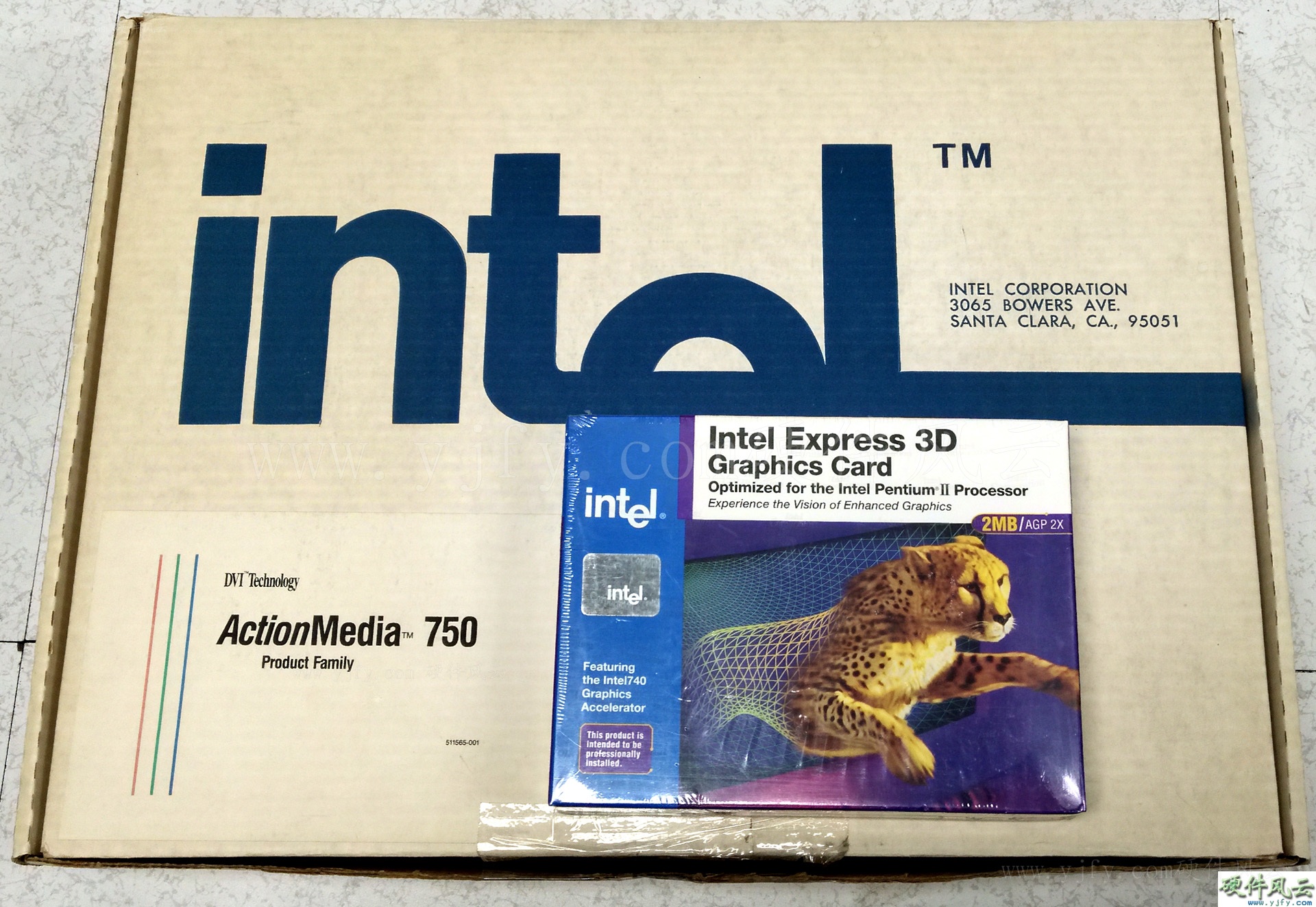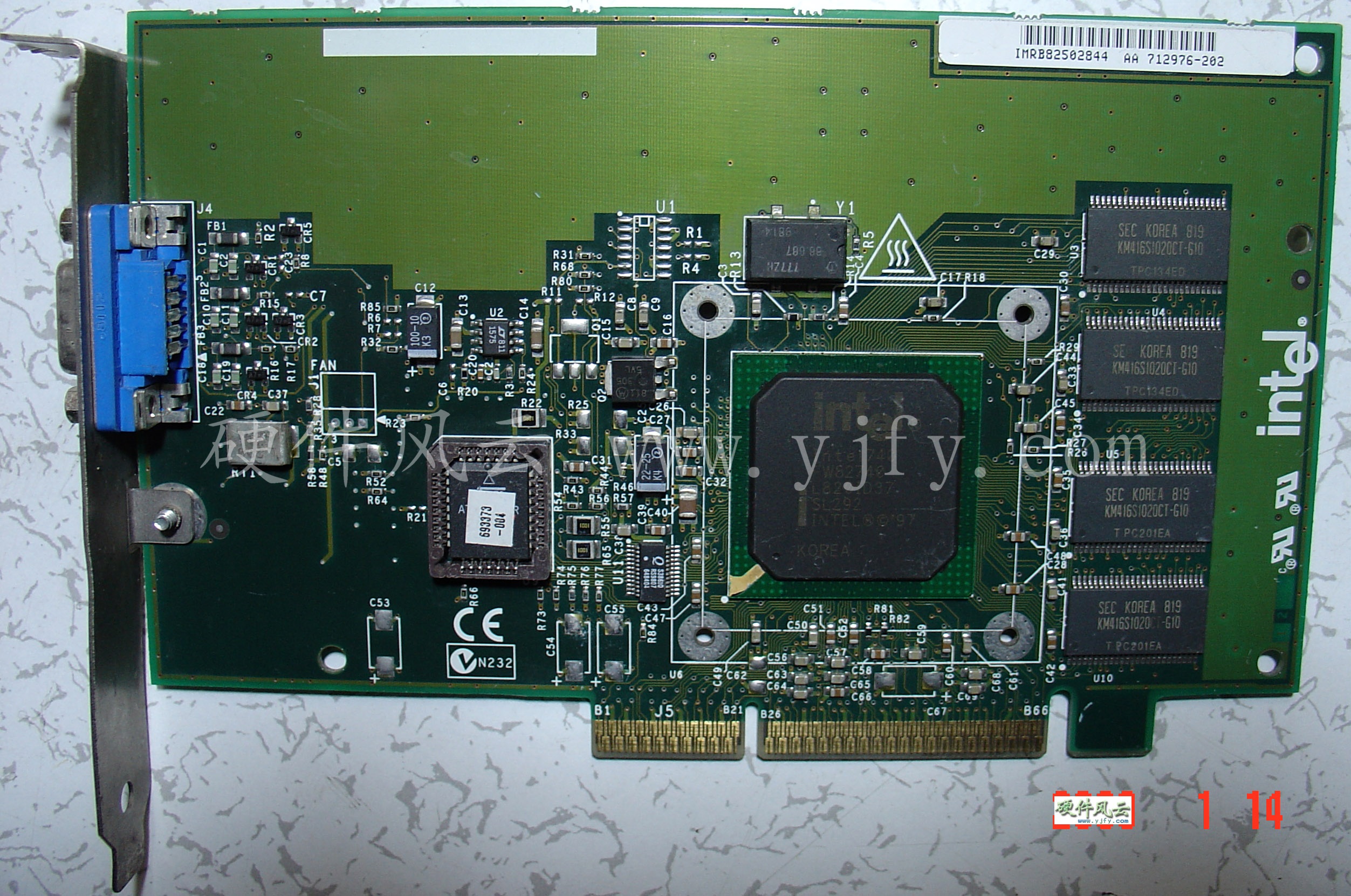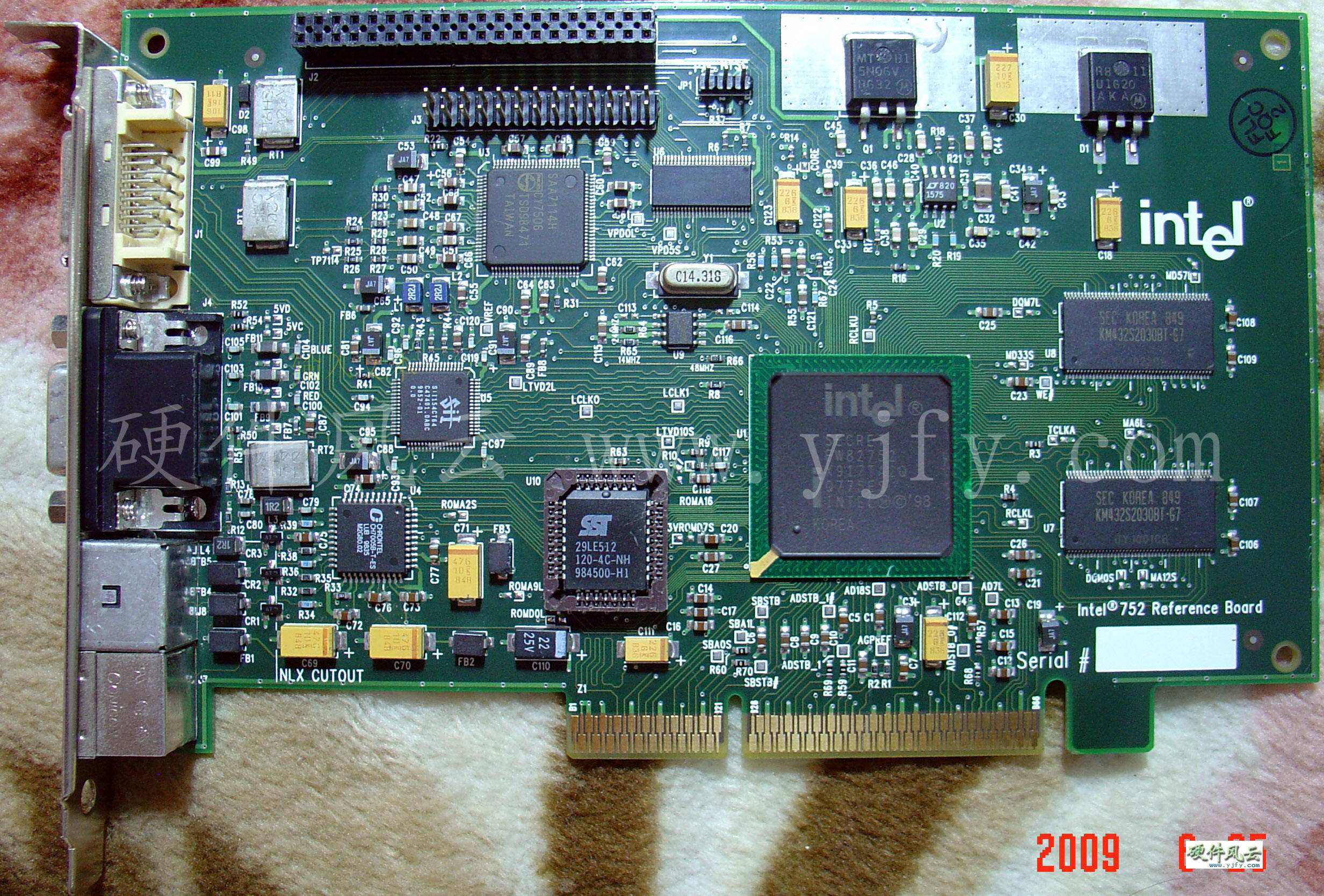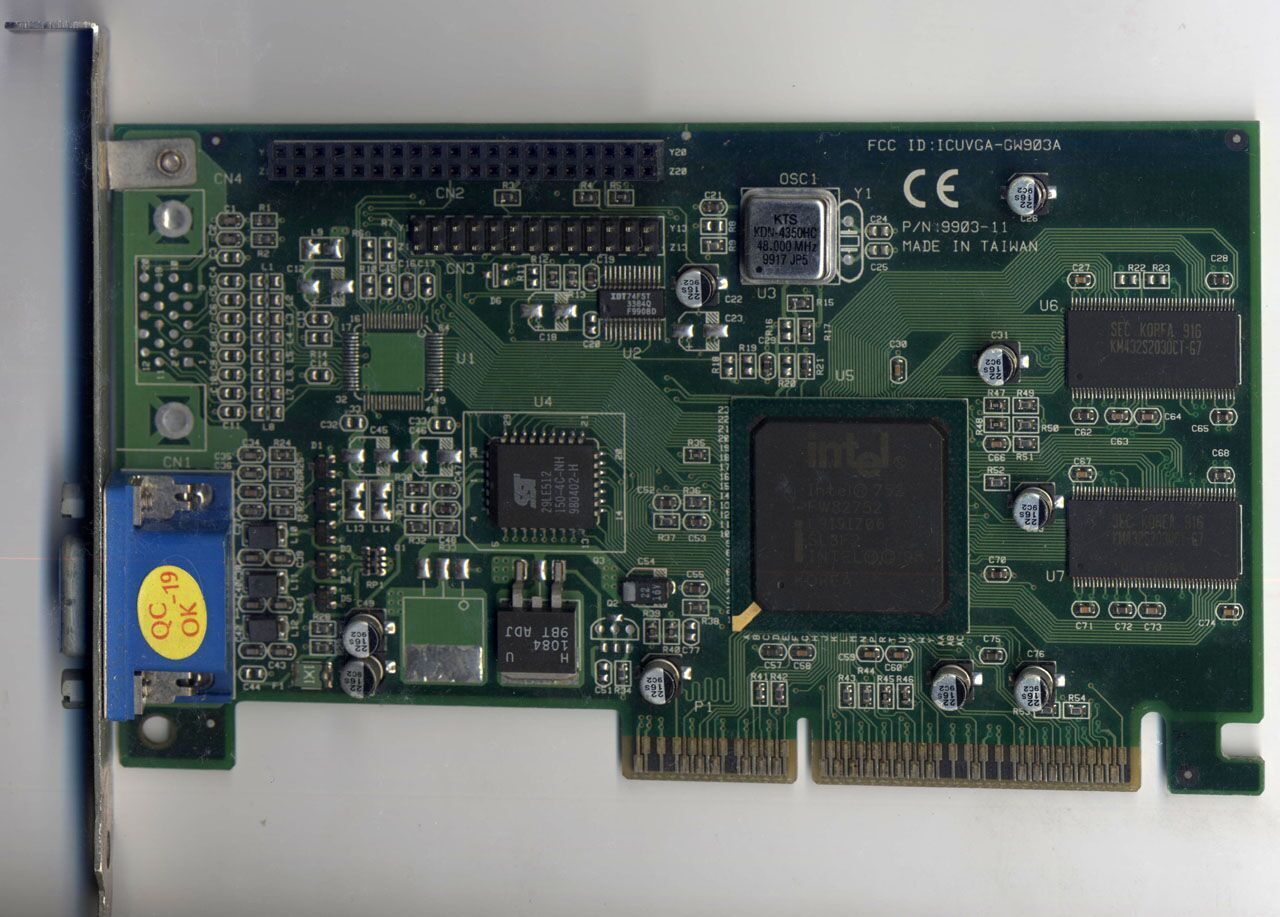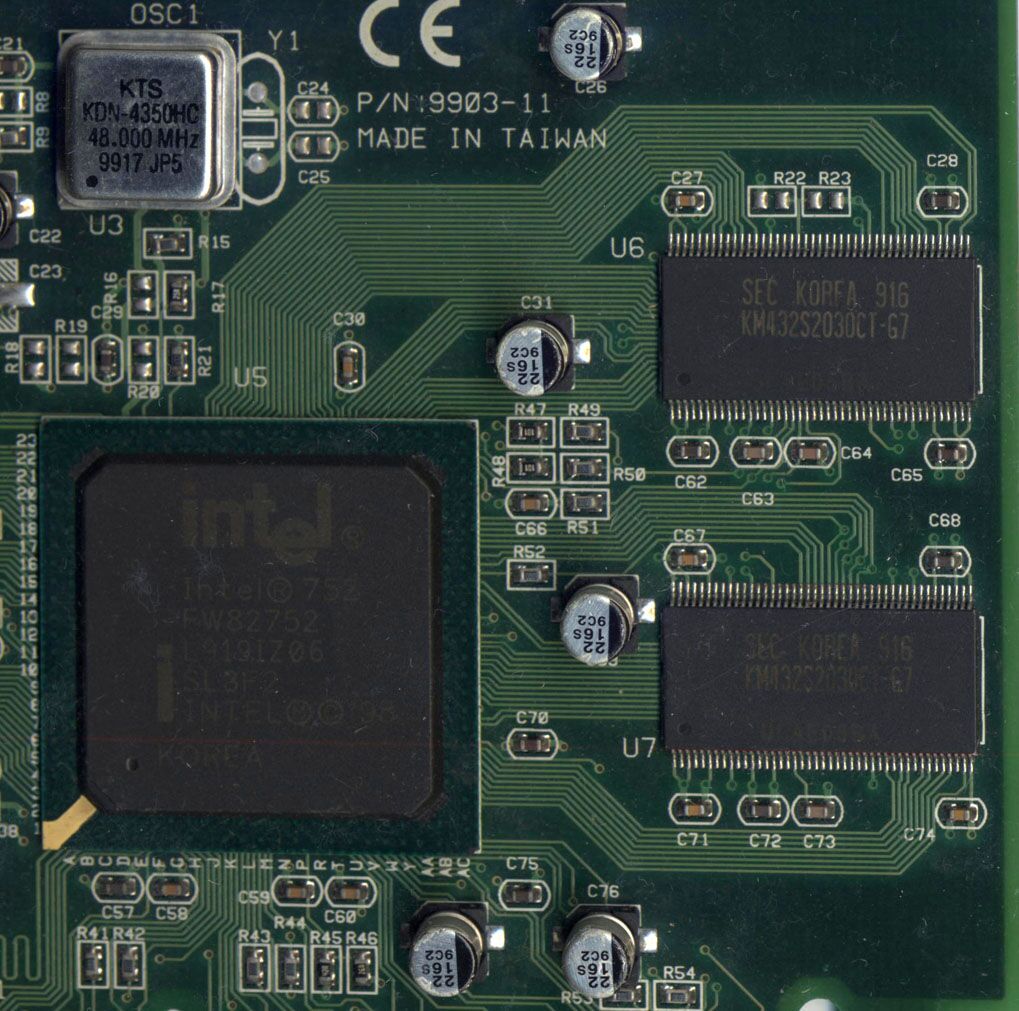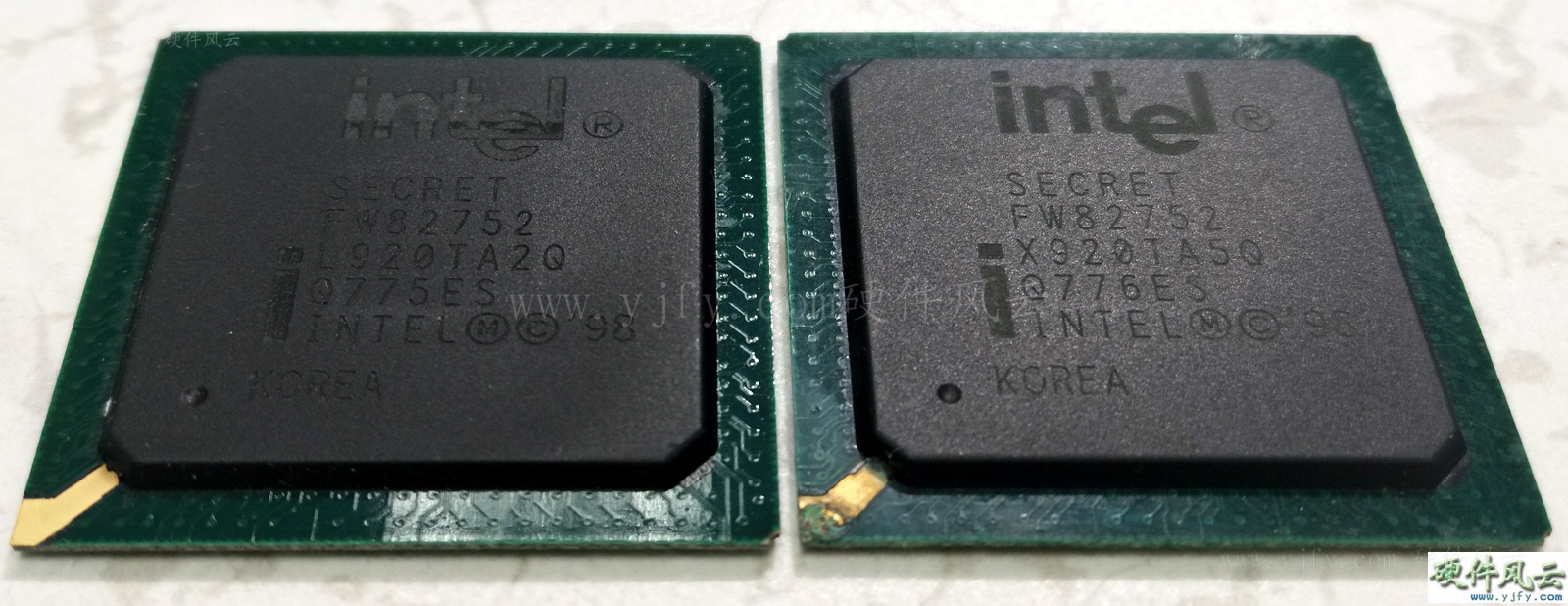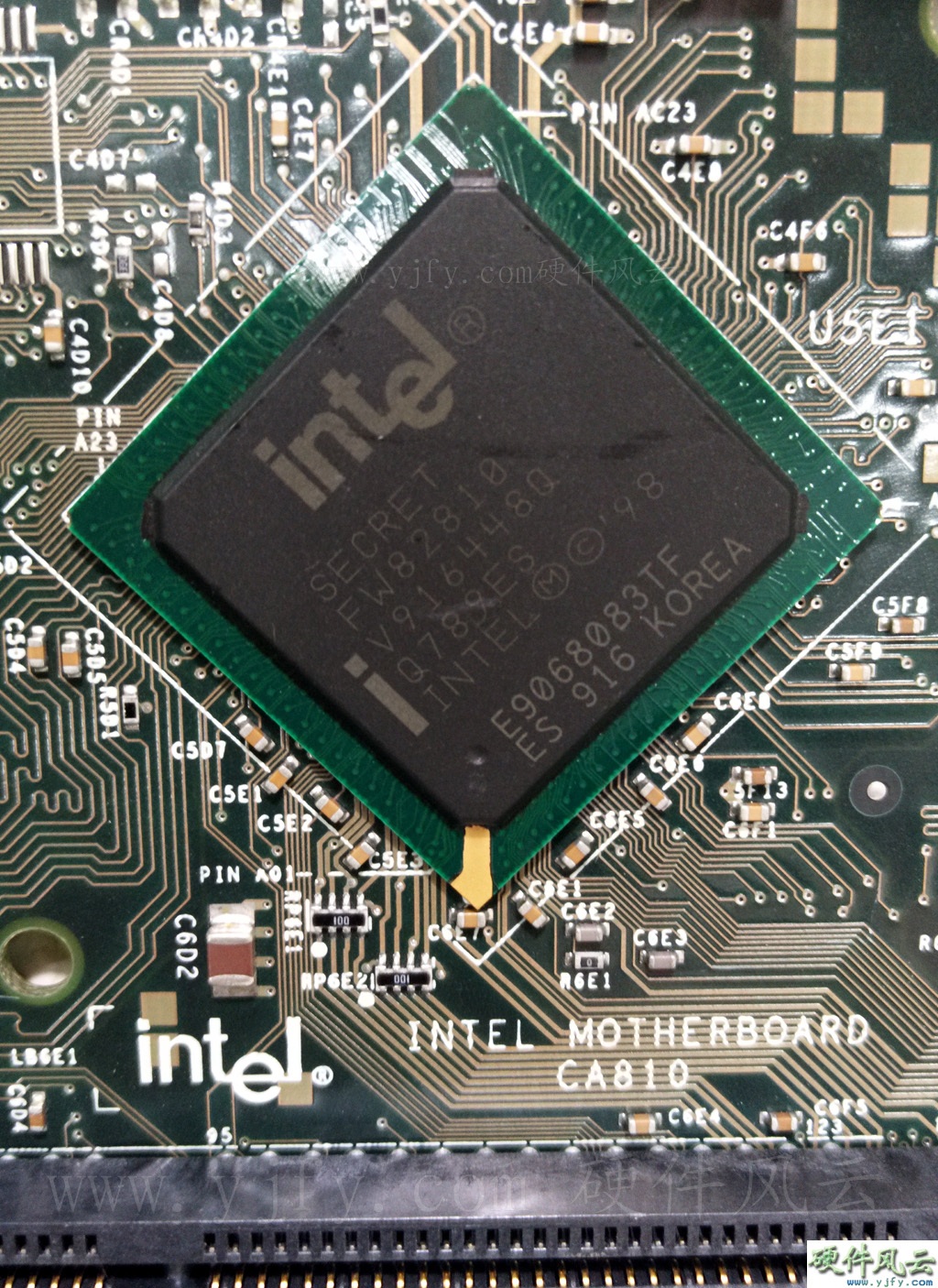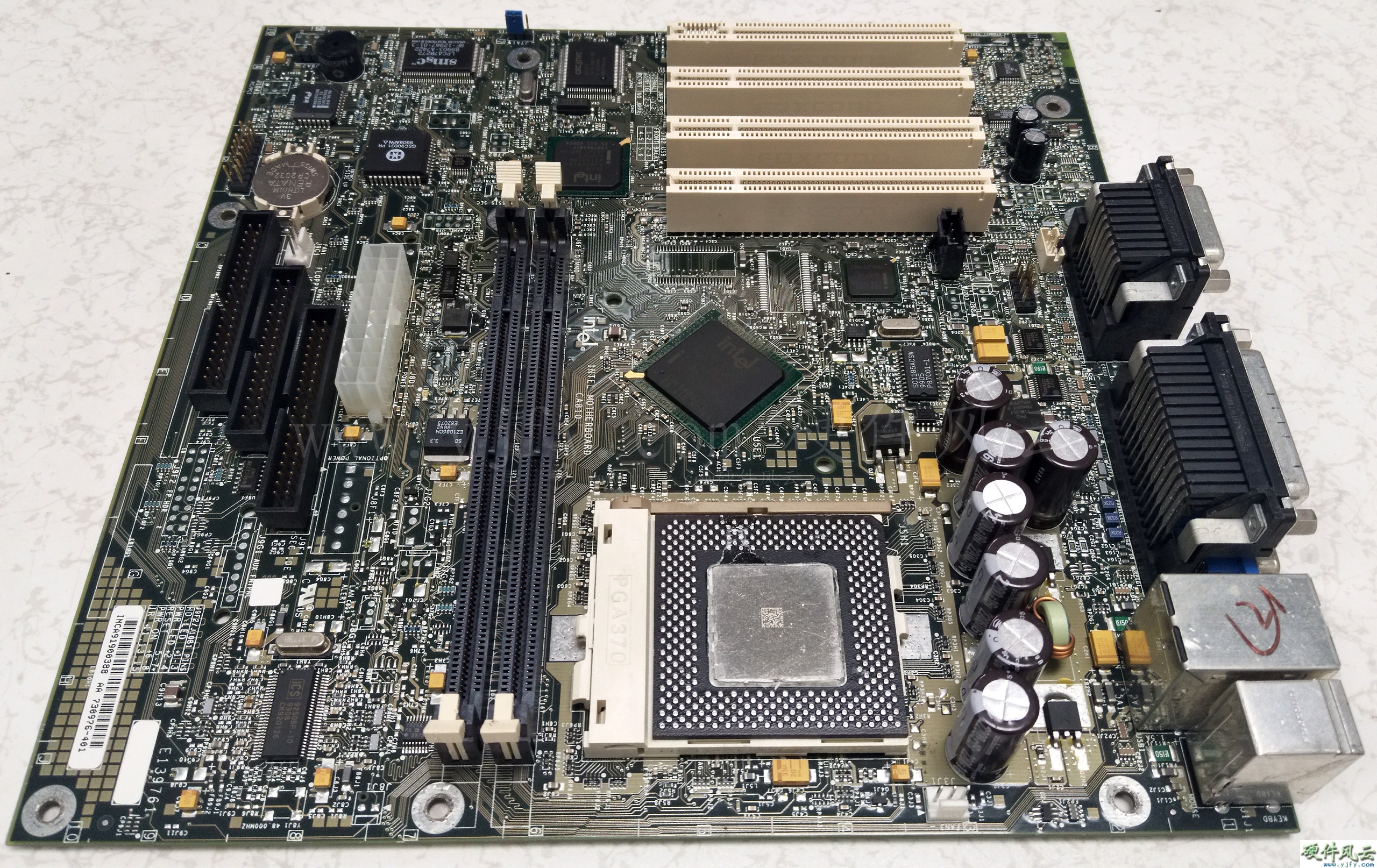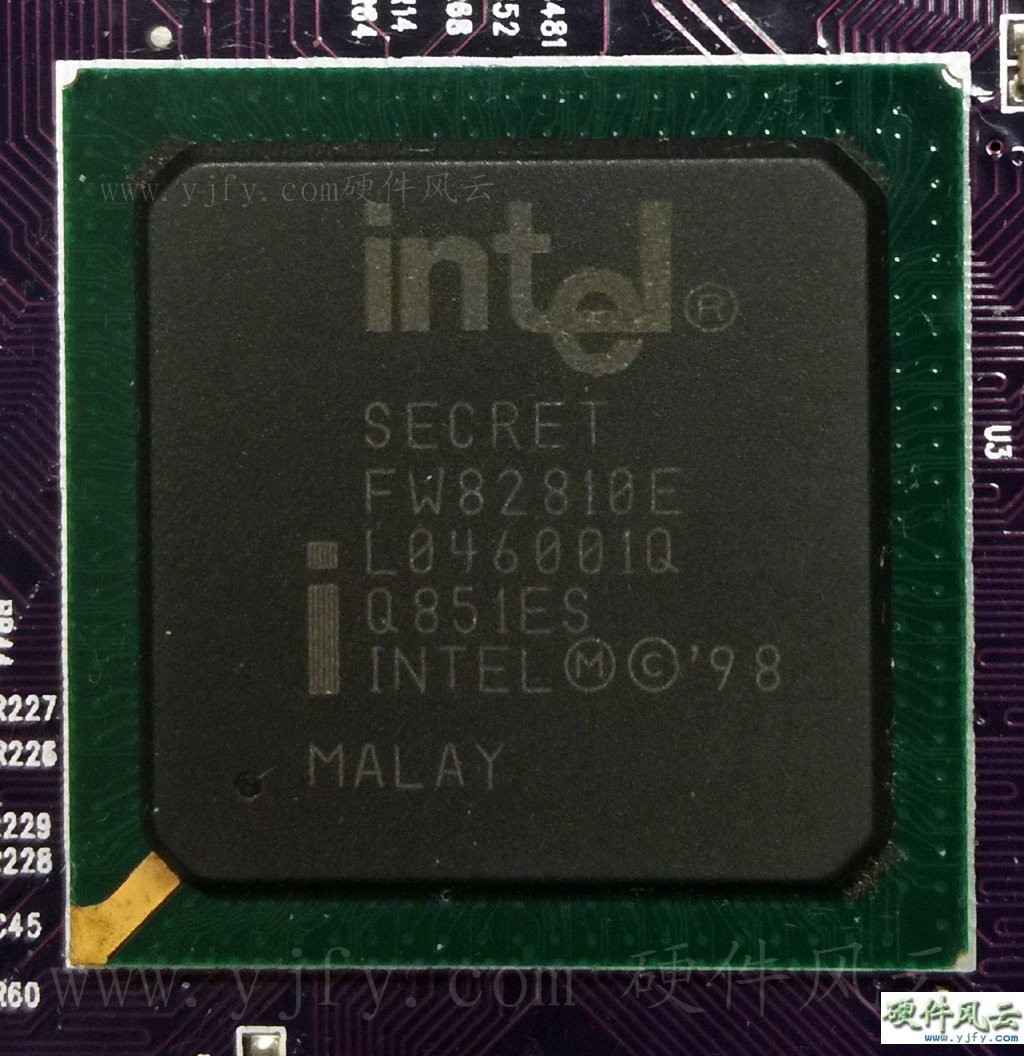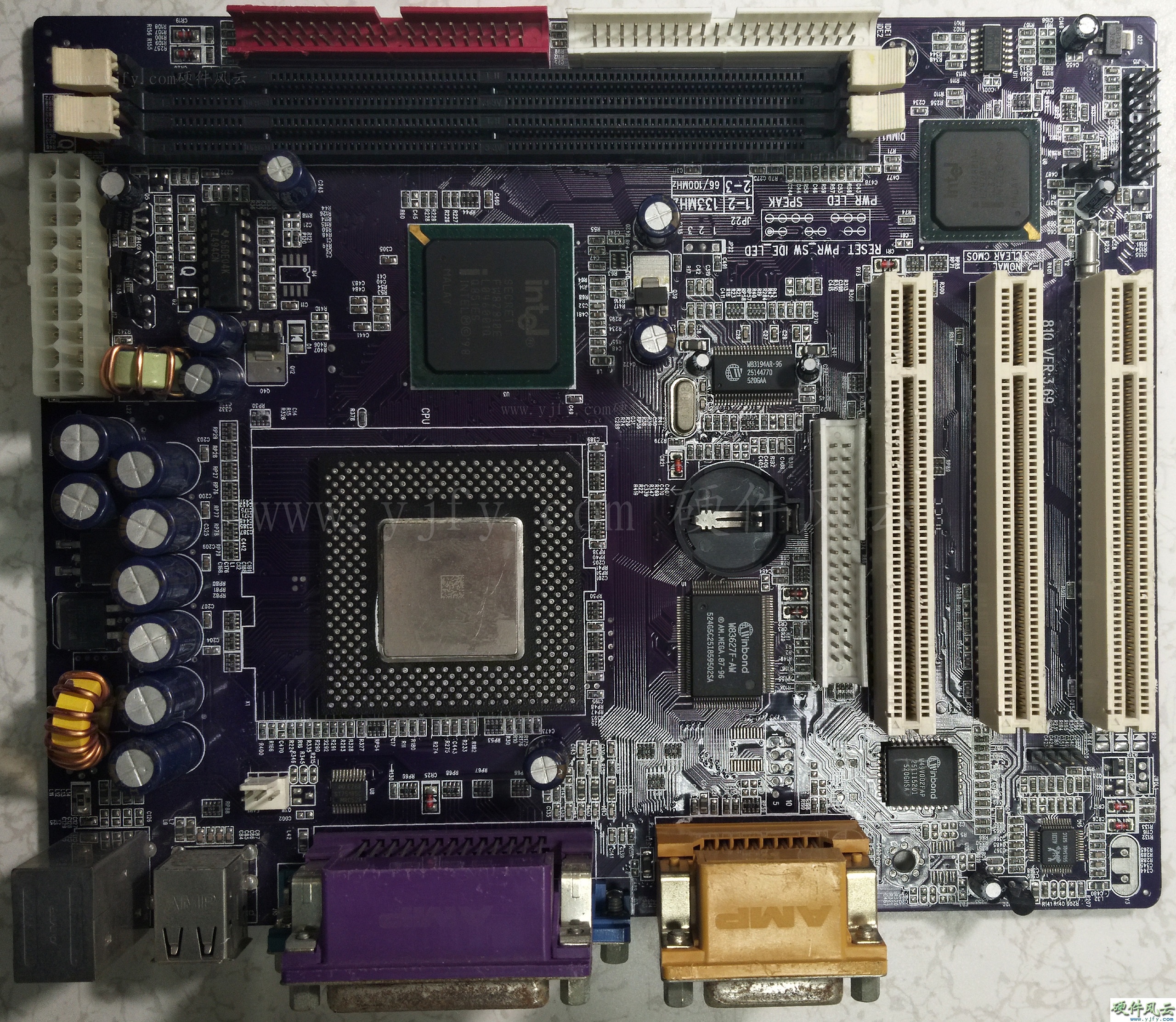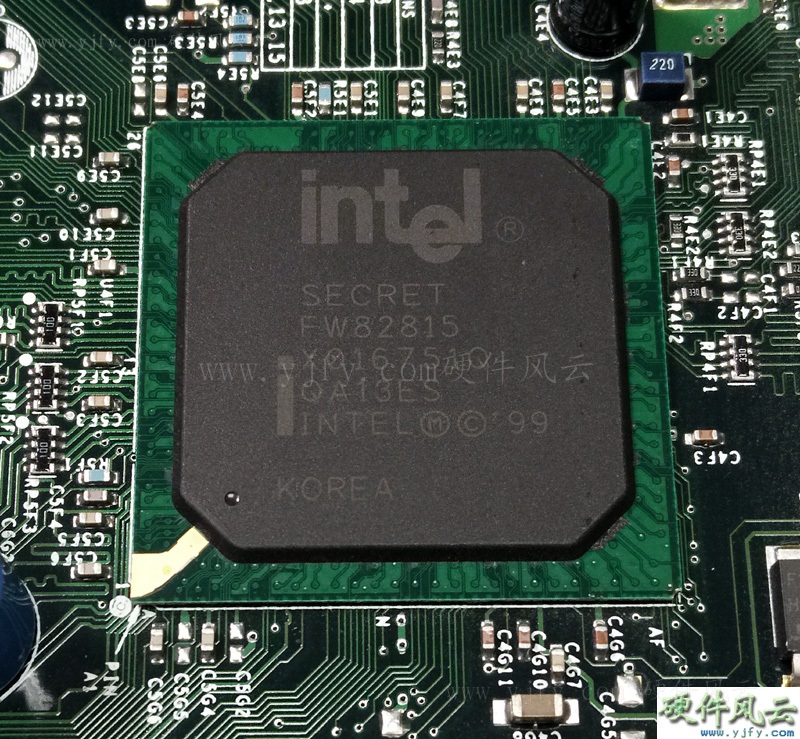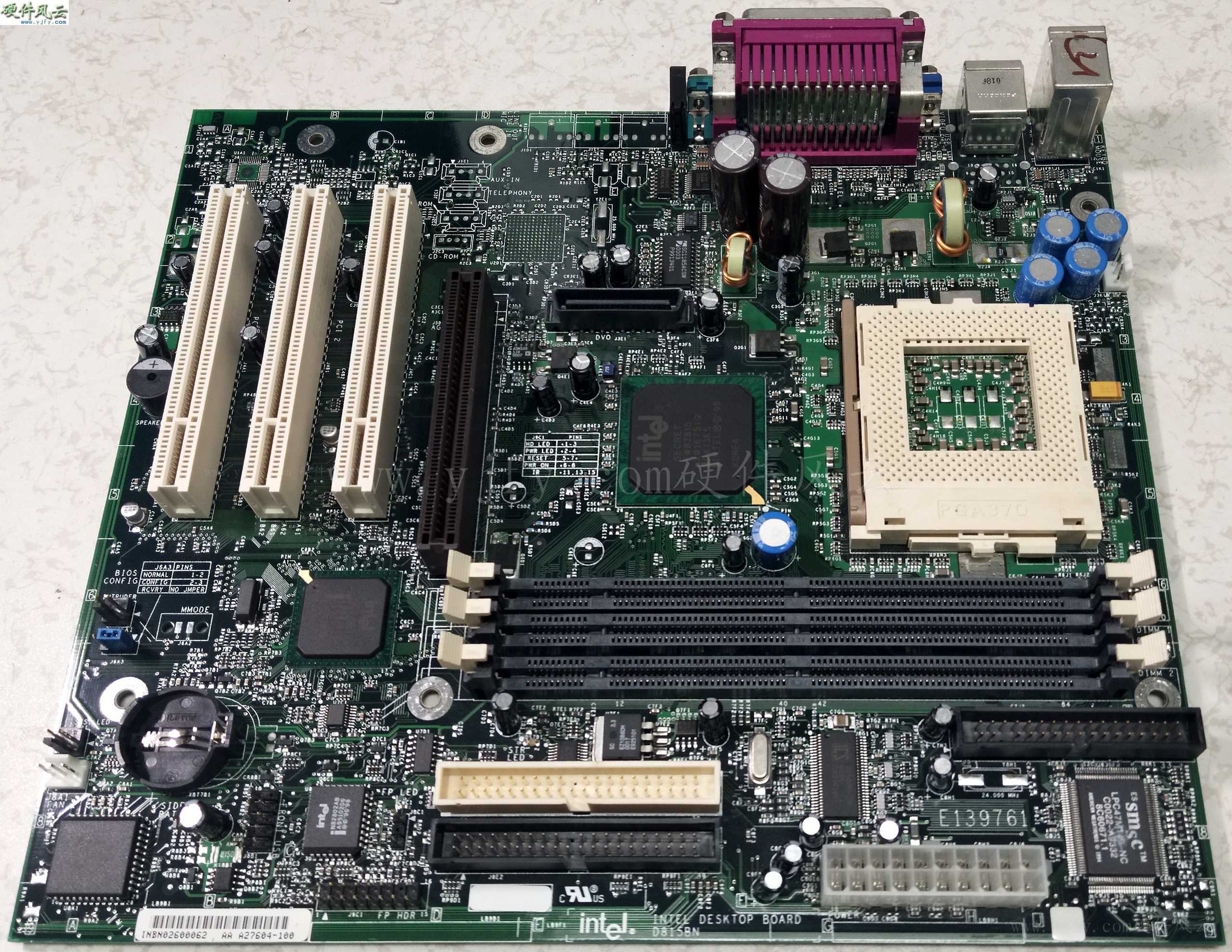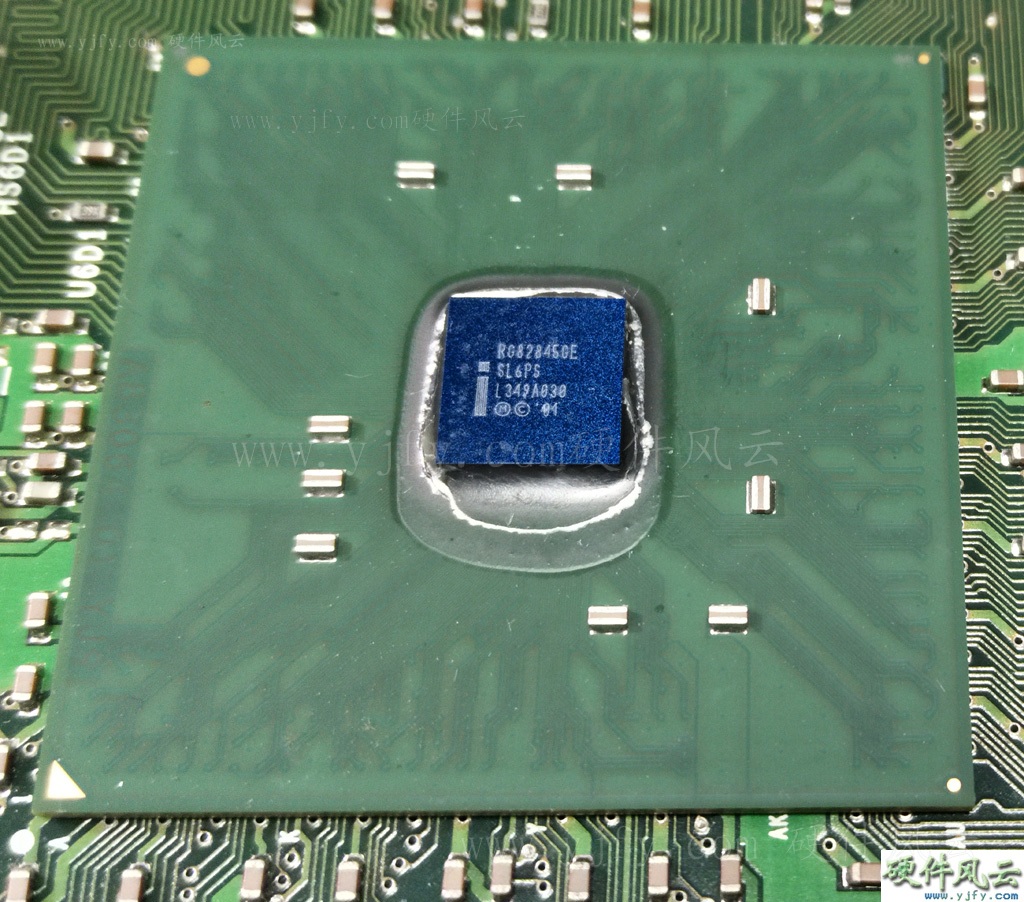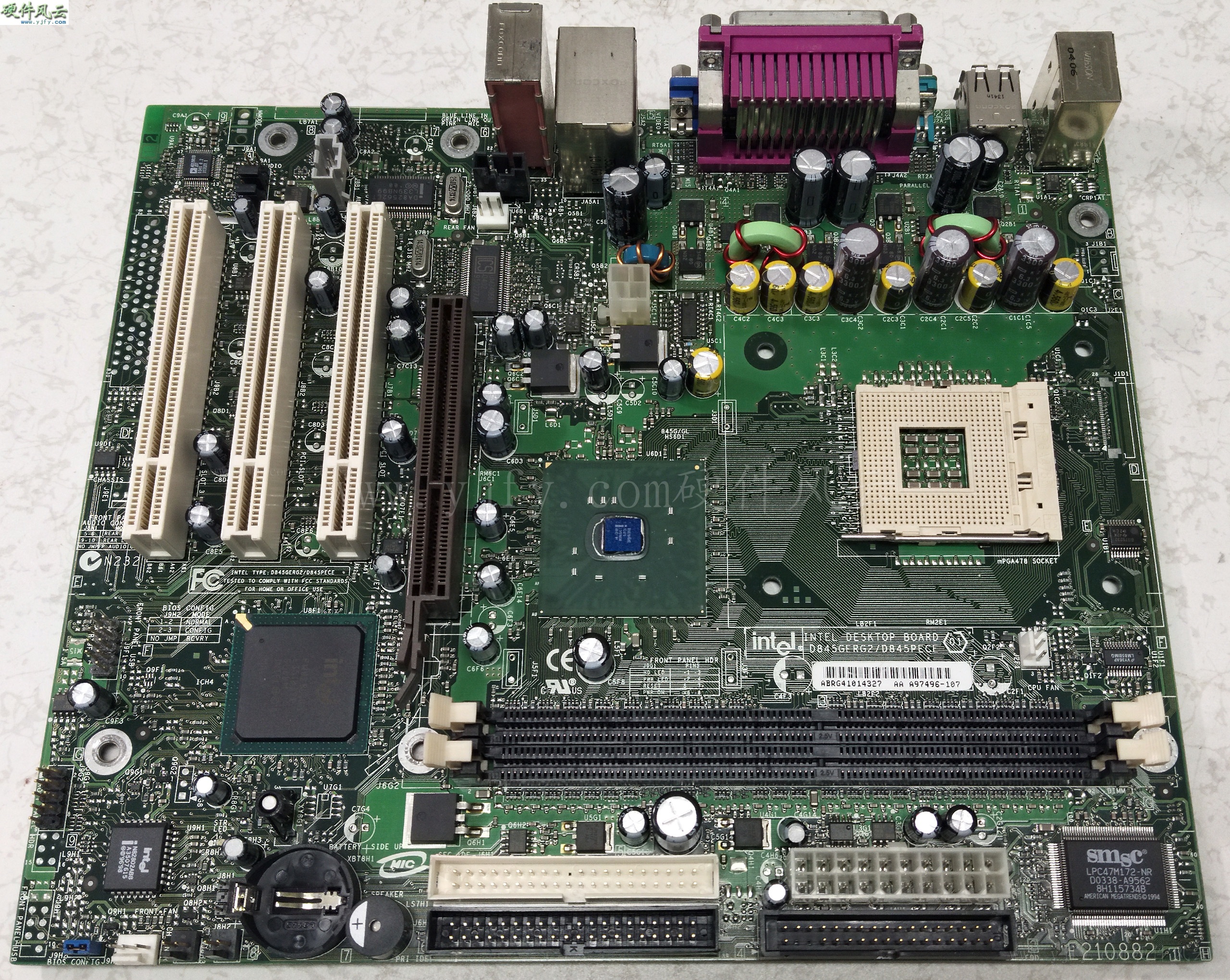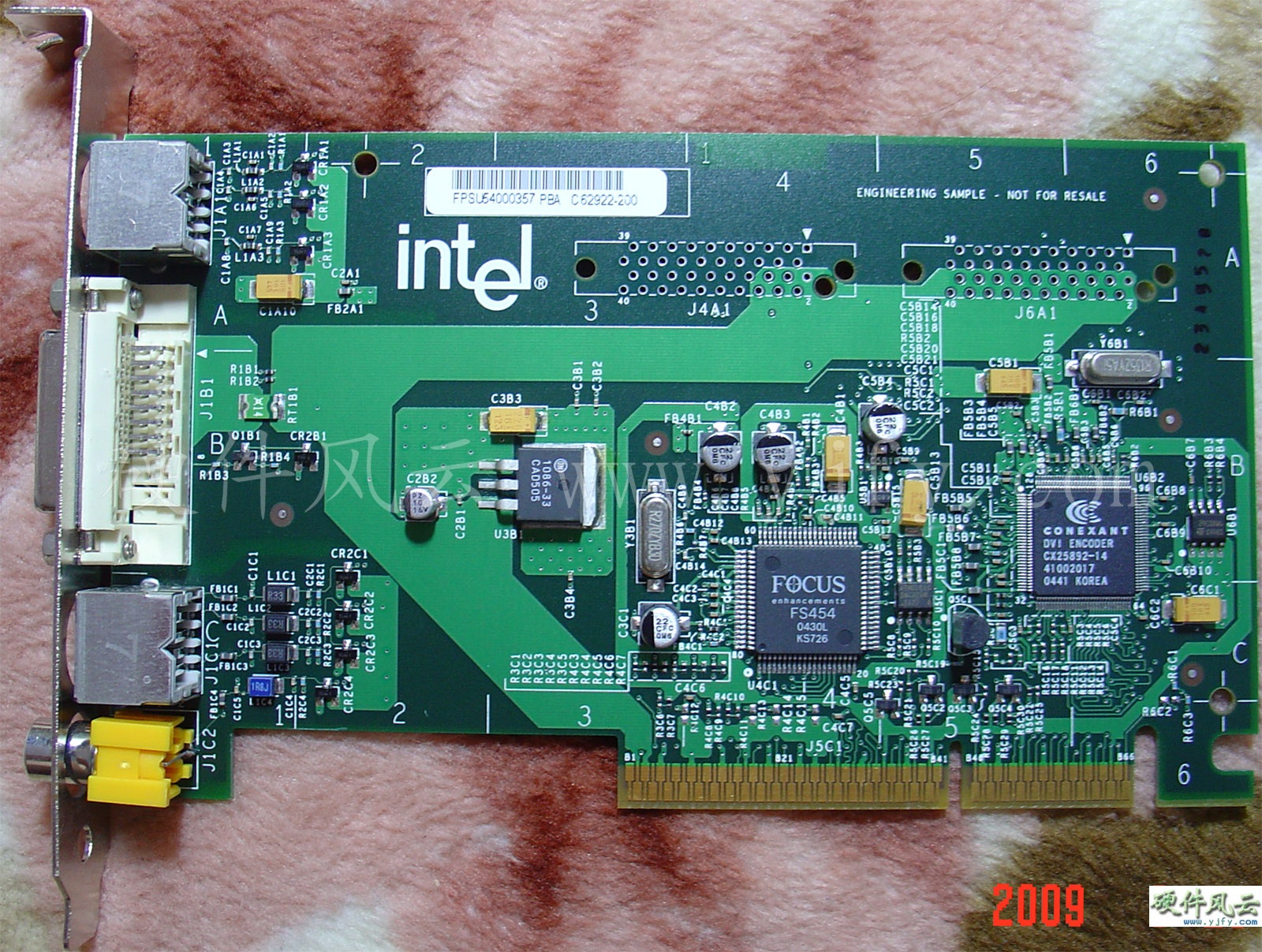4.2 CPU with integrated graphics
On the afternoon of January 8, 2010, Intel held a new Intel Core Launch Conference in Beijing. Intel officially released the latest revolutionary products worldwide, based on the new 32nm process Core i7, i5, i3 processor products. The Core i5/i3, which uses the Westmere architecture and is code-named Clarkdale, pioneered the integration of processors. It is the first CPU integrated with a GPU graphics core. The CPU is integrated with the GPU chip for the first time.
Here are a few representative Core processors.
4.2.1 Core 1st generation
The new generation Core i3/i5 processor, code-named Clarkdale, is packaged on the same substrate as the CPU. Although the CPU/GPU is packaged on the same substrate for the first time, the CPU part and the GPU part are independent. The CPU part adopts the 32nm process, and the GPU part adopts the 45nm process. The name is changed from GMA to HD Graphic's GPU core frequency. At 733MHz, performance is up to 50% higher than the previous generation GMA X4500HD. Although Clarkdale has not yet fully integrated the two cores of CPU and GPU, it is already a big breakthrough.
(Image courtesy of www.expreview.com)
Core i3 Desktop version engineering sample
Core i3 mobile version Engineering sample
H55 chip motherboard
4.2.2 Core 2nd generation
In January 2011, Intel released a new Sandy Bridge architecture, which first merged the GPU chip with the CPU, and the built-in graphics core was upgraded to HD Graphics 2000/3000. There are 6 and 12 EU programmable shaders respectively.
Opened Core i3 2100
4.2.3 Core 4th generation
Core 4th generation enhances display performance. Added eDRAM memory, supports 4K x 2K resolution, and upgraded high-speed video synchronization technology to make graphics images decode faster. The Intel HD Graphics 5200, codenamed GT3e, is called Iris Pro and has an eDRAM module that represents the strongest display performance of this generation.
On the fourth generation of Core processor CPU board, there are two cores, the small core is eDRAM memory. From this Core CPU board, the CPU core is no longer monotonous, and there will always be other cores.
